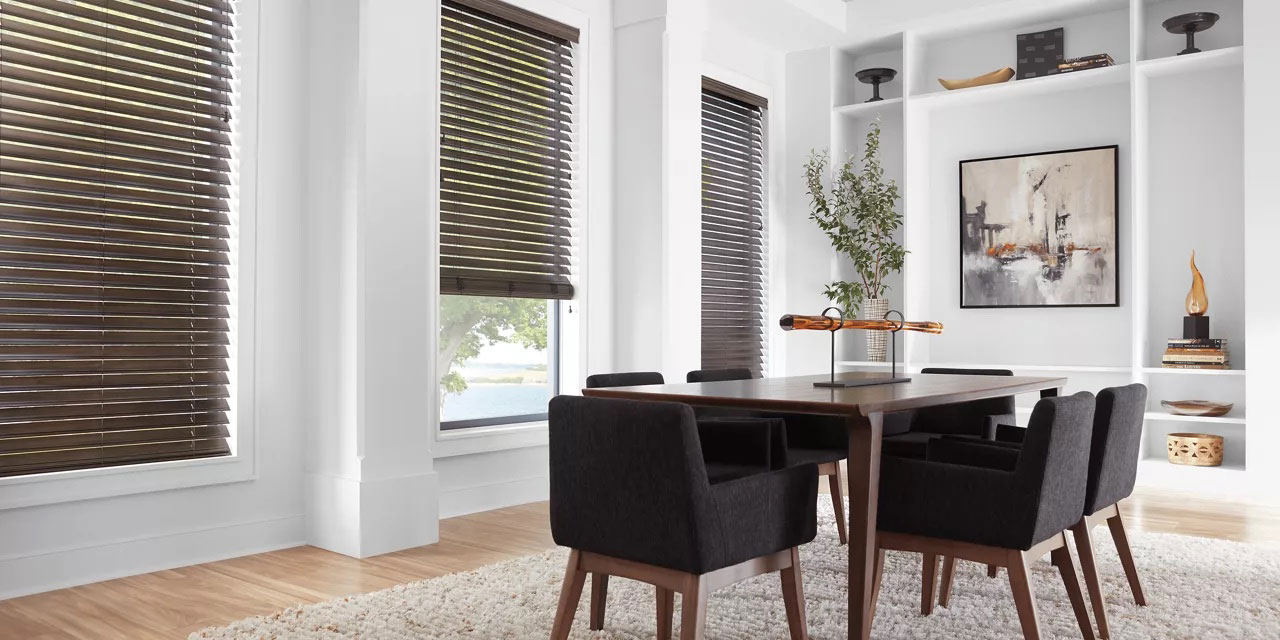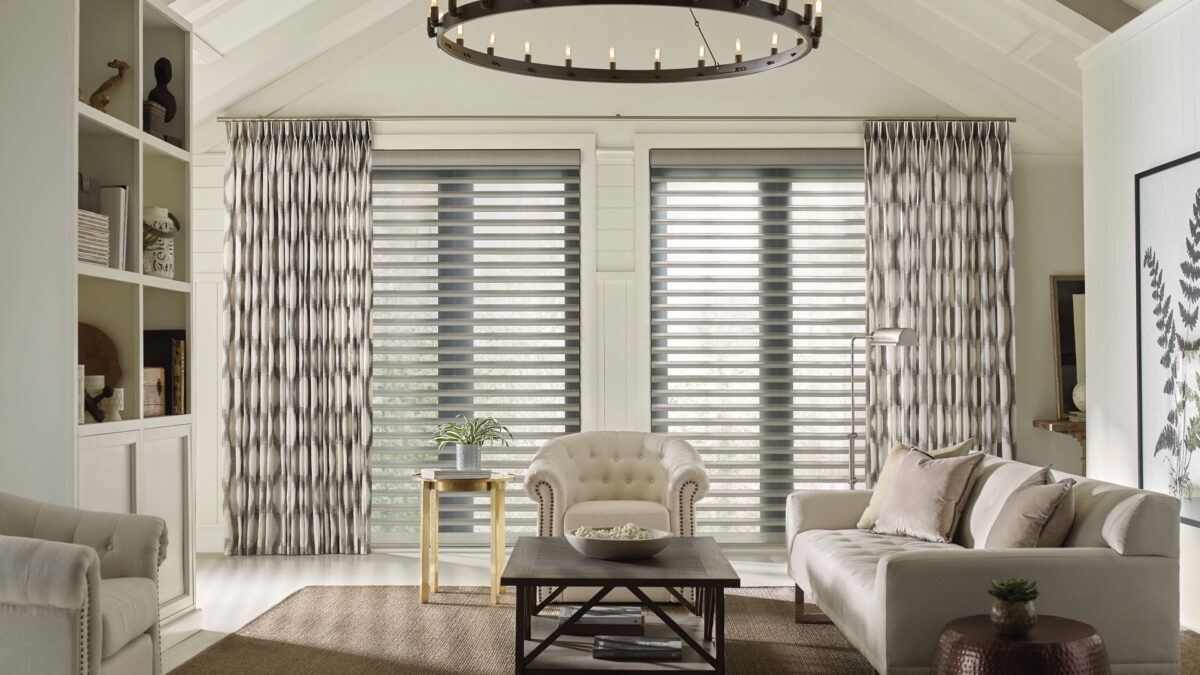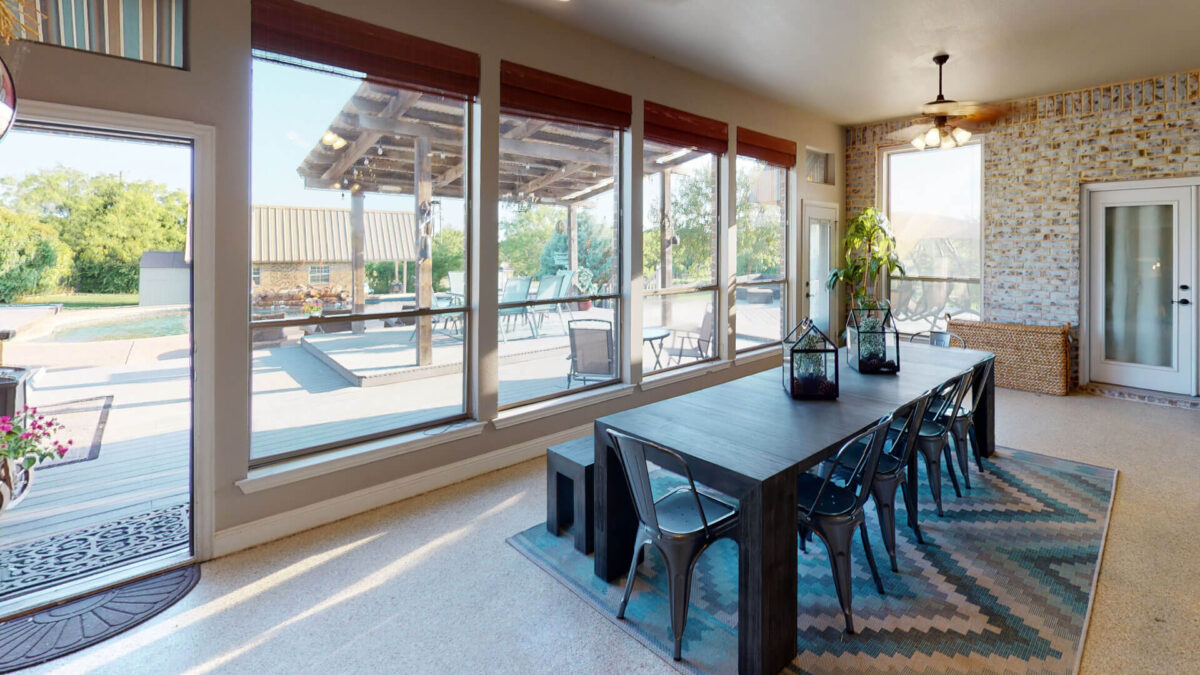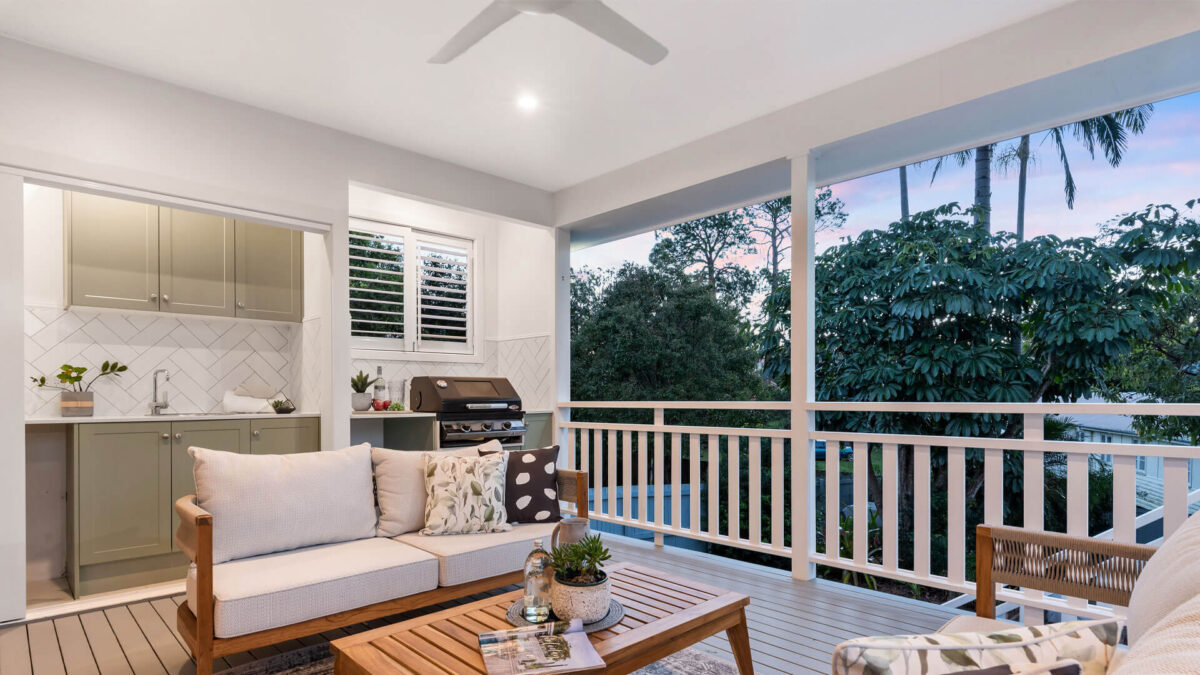Elevate Your Home’s Style and Privacy with Window Treatments in Brooklyn, NY
When it comes to enhancing your home’s interior design while optimizing functionality, window treatments in Brooklyn, NY, offer the perfect solution. From sleek blinds to luxurious drapes, the right window coverings can transform your living space into a haven of comfort and style.
Why Window Treatments Are Essential
Window treatments are more than just decorative accessories; they serve several important purposes. First and foremost, they provide privacy, ensuring your home remains a sanctuary. Whether you live in a bustling Brooklyn neighborhood or a quiet corner, the right window treatments can block prying eyes while allowing natural light to filter through.
In addition, they help regulate indoor temperatures. Insulating window coverings like cellular shades or lined curtains can keep your home cool during hot summers and warm during chilly winters, reducing energy costs.
Choosing the Right Window Treatments
In Brooklyn, NY, the diversity of homes from cozy apartments to historic brownstones demands versatile window treatment options. Here are some popular choices:
- Blinds: Available in various materials such as wood, faux wood, and aluminum, blinds are a timeless option for achieving a clean, minimalist look.
- Shades: Roman shades and roller shades offer elegance and practicality, with options for light-filtering or blackout fabrics.
- Curtains and Drapes: For a touch of luxury, opt for custom drapes that match your home’s unique style and color scheme.
- Shutters: Perfect for a classic aesthetic, shutters provide excellent light control and are easy to maintain.
Custom Window Treatments in Brooklyn
To truly elevate your space, consider custom window treatments in Brooklyn, NY. A professional service can help you select fabrics, colors, and designs that complement your interior décor. Custom solutions also ensure a perfect fit, enhancing both aesthetics and functionality.
Upgrade Your Home Today
Enhance your home’s style, privacy, and energy efficiency with tailored window treatments. Whether you’re updating a single room or revamping your entire home, investing in quality window coverings can make a significant difference.
Contact us today to explore your options and take the first step toward a more beautiful and comfortable home.











